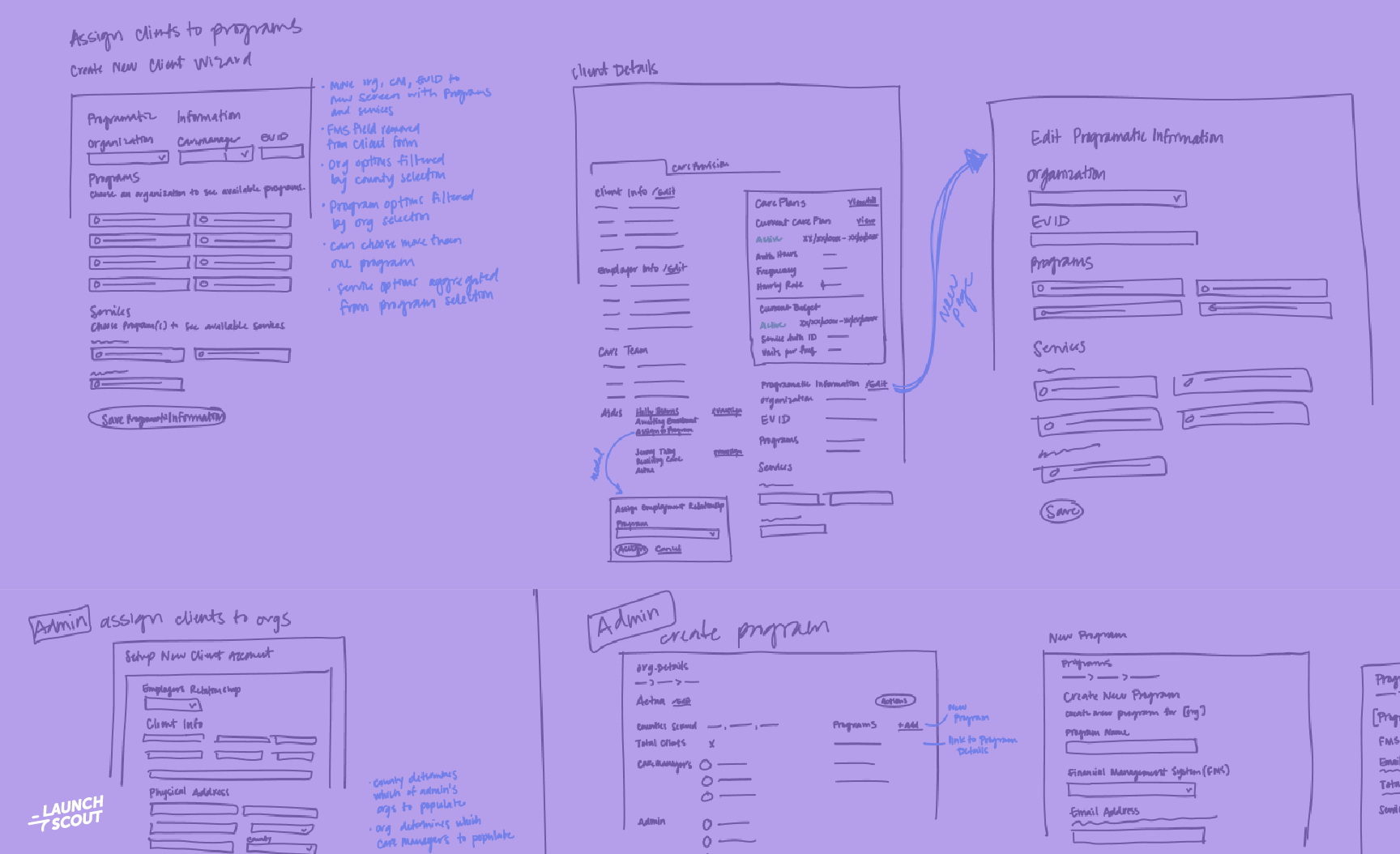2 February 2012
Customer Written Cukes
…and why they’re awesome. Or not.
On one of our more recent projects, we were given an entire suite of customer written Cucumber features. We’ve toyed with Cucumber in the past, but this was the first time we’ve actually implemented Cukes on a customer project. I thought I’d take a few minutes and explain some of the completely awesome side effects as well as the downsides.
First: The awesome.
The cukes were very well written. The last time I experimented with Cucumber, web steps were still in vogue and I was ready to start where I had left off. Fortunately, Chris Nelson was there to keep me from going down that path. He explained that the cukes were supposed to be written at a much higher level and that the implementation of the steps were better suited to handling the interactions with the specific inputs. It’s a good thing he did, too, or else I would have made a mess of steps that weren’t going to be solid or reusable.
Second, the cukes contained some business logic in AST tables that turned out to be really super awesome when the time to implement the logic came around. The logic revolved around meeting some criteria then recommending a possible solution or enhancement. Chris and James were pairing on the project at the time and James mentioned that the tables looked a lot like decision trees in disguise. The dynamic duo spent some time looking at Ruby implementations of tree logic then decided that the rules weren’t quite as complex as the existing solutions and moved ahead writing their own.
That turned out to be a really, really big win for this project. Chris and James Smith created a base class to handle the rule and conditional attributes, then for each specific case, we create a subclass to match the specific answers to the persistence layer.
Sample feature, with table
Feature: Replace common areas lighting with high efficacy fixtures
So that I know which energy efficiency improvements my property would benefit
from, as a property owner/manager, I see a list of recommended measures for
my property after completing the property questionnaire.
Scenario Outline: Replace common areas lighting with high efficacy fixtures
Given I have completed the property questionnaire
And the predominant lighting type of permanently installed lighting fixtures in common areas is <lighting_type>
And on average, the common area lighting fixtures were last replaced <last_replaced>
And common area lighting fixture replacement <planned_in_scope> part of the planned retrofit scope
When I view the recommended measures for the property
Then the system shows that the "Replace common areas lighting with high efficacy fixtures" measure is <result>
Examples:
| planned_in_scope | lighting_type | last_replaced | result |
| is | LED | | recommended |
| is | Flourescent | | recommended |
| is | Screw-in CFL | | recommended |
| is | Screw-in incandescent | | recommended |
| is | Dont know | >= 10 yrs ago | recommended |
| is | Dont know | < 10 yrs ago | recommended |
| is not | LED | | not recommended |
| is not | Flourescent | | not recommended |
| is not | Screw-in CFL | | recommended |
| is not | Screw-in incandescent | | recommended |
| is not | Dont know | >= 10 yrs ago | recommended |
| is not | Dont know | < 10 yrs ago | not recommended |
The base class:
module RecommendedMeasure
class Measure
attr_reader :property
def initialize(property)
@property = property
end
def to_s
"This is a sample. You should replace this."
end
private
def build_rules(data)
keys = data.shift
keys.pop
data.map do |datum|
criteria = {}.with_indifferent_access
result = datum.unshift
keys.each_with_index {|key, index| criteria[key] = datum[index] }
Rule.new(self, criteria, datum.last == "recommended")
end
end
def rules_file
self.class.name.underscore + ".rules"
end
def rules_text
File.read(File.join(File.dirname(__FILE__), "..", rules_file))
end
def rules_data
rules_data = Cucumber::Ast::Table.parse(rules_text, "", 0).raw
end
def match?
self.build_rules(rules_data).each do |rule|
return rule.result if rule.applies?
end
false
end
end
end
A subclass:
module RecommendedMeasure
class ReplaceToilets < Measure
def to_s
"Replace toilets"
end
def section
"efficiency"
end
def gal_flush
property.efficiency_responses[:toilet_gpf]
end
def last_replaced
installed_before?(:toilet_year, 1992) ? "< 1992" : ">= 1992"
end
end
end
The not-so-awesome.
One of the negatives we’ve encountered is the cone of focus can sometimes become too narrow. As a developer, heads down working on the cukes, some of the details of the implementation can be missed. For example, a few of the features were passing for me, but that’s because I’d manipulated the state of the data being tested in the step definition. I’d forgotten that when the client was doing physical acceptance those actions wouldn’t be available to them. I had to implement a scenario to allow the client to change the data so they could produce the correct result. It’s a trivial step, but an important one to remember nonetheless.
In this particular case, the test was that a program expired after a certain date. We’d already constructed an administrative section of the application, but because I made the changes programmatically in the cuke, my tests passed. I delivered the feature for testing and got a message in Campfire a few minutes later that made complete sense: I can’t test this one because I can’t change the date!
Cukes are a win!
Overall, I’m impressed with the process of developing features using customer written cukes. Our client gave us an excellent starting point and it’s something we’re trying to teach existing clients now as well. They aren’t for everyone, but when the client has domain knowledge and is able to convey that in clearly written steps, it’s a big, big win.
I’ve started using cukes in my pet projects as well. The steps are easy enough to write and if you’re already doing integration specs with something like Capybara, it seems like a worthwhile step.
Another real benefit is the generated output. Relish is a site for open source projects tested with Cucumber to host their docs. Some of Cucumber’s own documentation is generated with Cucumber! You can also find Rspec there as well.


